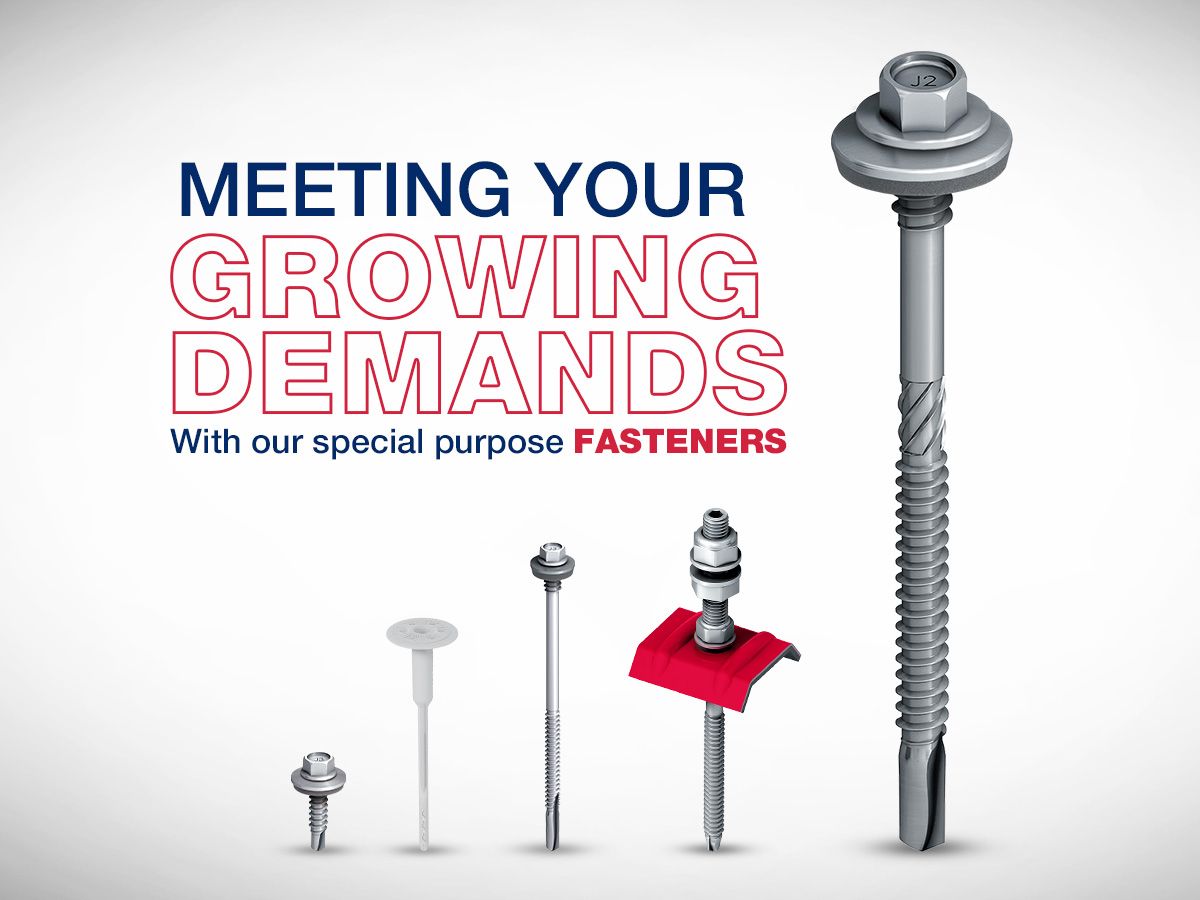If you want to fasten a metal object to the wall or your home's roof, you will need to use screws to connect it with the brickwork or the wooden wall. Now you will place fasteners or anchors made of aluminum or steel before you place the object, be it a roofing material or a wall cladding. The screw and the fastener are the systems that will hold up the object against the wall. To ensure that the object receives ample support, you must use self tapping metal screws. Here are some of the features of the self-tapping and self-treading screws and their differences from traditional screws.
Understanding self-tapping screws
In the case Traditional screws need a pilot hole which you should make into the object you are going to drill in the screw. But in the case of self tapping screws, you do not need to make the pilot hole. Some of the essential features of the self-tapping screws are as follows:
- The self-tapping screws are ideally useful when you cannot gain rear access to install a nut and screw in the fastener. With the help of these screws, you can drill it directly into a hole.
- The self-tapping screws have threads like your standard screws, the only difference being these are self-fasteners. Once you start drilling with the fasteners, you will find that you cannot push the fastener further when you reach the depth.
- These screws are also available in various thread lengths. This means the distance between the tip and the first thread of a self-tapping screw will differ depending on the length of the screw, its utility, and the object it is useful to fasten.
- In the case of self-tapping screws, you will need to have a pre-drilled hole, but when you drill in the screw, it will form the drill design the same as the shape of the thread of the screw.
The self-tapping screws ensure better anchorage and are suitable for aluminum, tin, steel, and wooden components. For example, if you want to put up an object on aluminum brackets; then self-tapping screws are the best, as these will ensure that the object firmly adheres to the wall.
Understanding self threading or self-drilling screws
When it comes to self-threading screws, the first thing that you need to understand is that these perform three tasks at the same time. These screws will drill, form the thread and fasten the object in a single effort. But are these the same as self-tapping screws? First, you need to understand that both screws have similar designs. But there are specific differences between the two types of screws.
In the case of the self tapping screw, you will need to drill a hole before placing the fastener. But when you use a self-threading screw, you do not have to make any holes in the wall to fasten the screw. Some of the features of self-threading screws are as follows:
- As these are self-drilling screws, you can save time using these fasteners. You do not have to change tools to drill in the screw in the wall. A single drilling machine and the screw are sufficient to fasten the object to the wall.
- The self-thread screw anchors the object you want to put on the wall without any additional fasteners. This means you do not have to use plates or washers separately to prevent the screw to drill into the wall.
- These screws are of stainless steel, making them ideal for installing in places where there is heat, wind, rain, and other weather conditions. For example, if you are planning to put an external wall cladding, then the self-threading screws are best as the heads of the screws will not get damaged.
- These screws are of stainless steel, which is also corrosion-resistant. You do not have to worry about the rusting of screws over time. The self-threading screws are long-lasting and require zero maintenance.
The question that can arise here is where to purchase these screws from and how you will know that these are of the best quality. To purchase the best quality self-threading screws, you need to contact EJOT Octaqon, a premier manufacturer of self-tapping and self-threading screws.
How are both Do screws differ from each other and standard screws?
There are not many differences between self-tapping and self-threading screws. However, in self tapping screws, you first need to drill a hole and place the screw, whereas, in self-drilling screws, you can directly drill it into the object.
Sometimes self-tapping and self-threading screws are useful synonymously because, in the case of both screws, the thread in the wall, or the object on which you want to fasten the screw, once you drill in the screw. Therefore, you do not need to prepare the drill hole before driving in the screw; once you start drilling, the thread forms automatically in the wall.
But both these screws are different From your standard screws. The first difference is that a self tapping or a self drillong screw will always provide better anchorage. Secondaly , you do not have to prepare a pilot hole to drill in the screws. In the case of regular screws, you must prepare the hole by adding some binding material to reduce friction.
Moreover, you must drill a pilot hole perfectly to provide proper anchorage to the screws. But with the self-tapping and self-drilling screws, you need to make any such effort to drill the screws.
Thus, the self tapping and self threading screws behave similarly with only minoe differences. When you select either of the screws, you should first consider the object you want to drill in the screws. The self-tapping screws are ideal if you want to drill the fastener into a block of timber, aluminum, or steel.
Similarly , the self drilling screw is ideal if you want to attach these to thin walled structures or an aluminum sheet to timber. So , select the type of screw depending upon your requirement ,but in most cases, one can be useful instead of the other.


